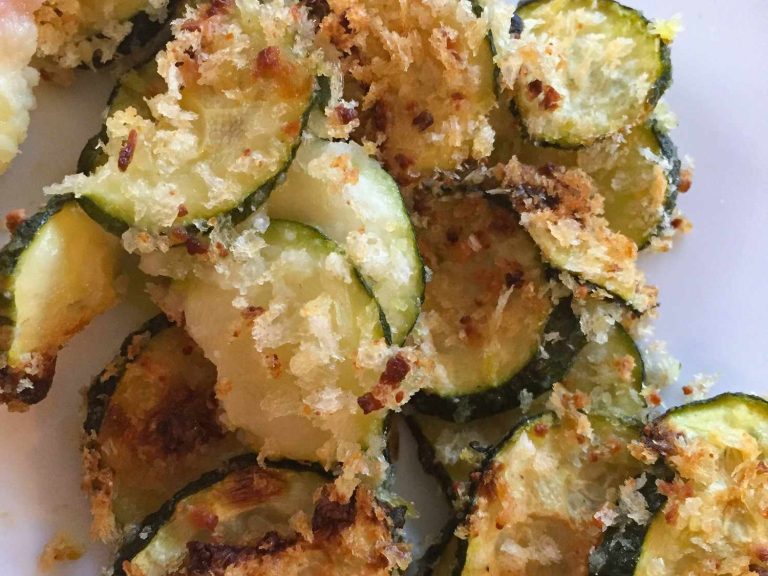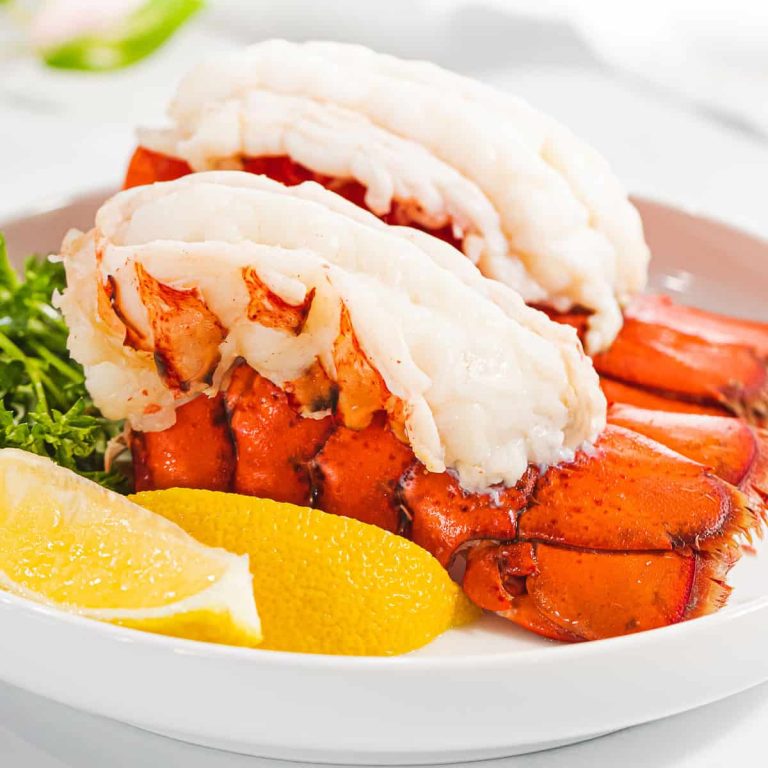Blue Cheese Dip: History, Ingredients, Recipes, and Health Benefits
Blue cheese is a type of cheese known for its distinctive blue or green veins and strong flavor. Produced using cultures of the mold Penicillium, blue cheese develops its signature characteristics during the aging process. Common varieties include Roquefort, Gorgonzola, and Stilton. Each type offers a unique flavor profile, ranging from mildly tangy to robustly sharp. In essence, blue cheese stands out due to its bold taste and creamy texture, making it an ideal base for dips.
How Is Blue Cheese Dip Made?
Blue cheese dip combines blue cheese with ingredients that enhance its flavor and texture. Common components include sour cream, mayonnaise, and buttermilk. To prepare the dip, crumble the blue cheese and mix it with the creamy base. Add minced garlic, lemon juice, and chives for added depth. For best results, let the dip sit in the refrigerator for at least an hour before serving. This allows the flavors to meld. Whether blended smooth or left chunky, blue cheese dip delivers a rich, tangy accompaniment to various foods.
Historical Background of Blue Cheese Dip
Origins and Evolution
Blue cheese dip finds its roots in the rich history of blue cheese production. The inception of blue cheese itself dates back to ancient times when the presence of mold in cheese storage caves led to the discovery of blue-veined cheese. Cultures like the Romans recognized the unique flavors and used it in various dishes. The dip variant emerged much later as culinary practices evolved, blending blue cheese with other ingredients to create a creamy, savory accompaniment. Over time, this dip has found its place in both European and American cuisine, popularized by its use in enhancing the taste of salads, wings, and vegetable platters.
Regional Variations
Blue cheese dip shows diversity in its regional adaptations. In France, Roquefort is often the base, mixed with crème fraîche and a touch of mustard. Italy prefers Gorgonzola, combining it with mascarpone and crushed garlic for a richer texture. England’s Stilton-based dip frequently includes heavy cream and Worcestershire sauce for a distinctive flavor. In the United States, blue cheese varieties like Maytag are paired with sour cream, mayonnaise, and spices, reflecting regional tastes and ingredient availability. These nuances in preparation highlight the global versatility and appeal of blue cheese dip.
Key Ingredients in Blue Cheese Dip
Essential Components
Blue cheese dip relies on a few core ingredients to achieve its signature flavor and creamy texture:
- Blue Cheese: The primary ingredient, contributing tanginess and boldness. Varieties include Roquefort, Gorgonzola, Stilton, and Maytag.
- Sour Cream: Adds creaminess and a slight tang, helping balance the strong blue cheese flavor.
- Mayonnaise: Provides additional creaminess and a smooth texture.
- Lemon Juice: Introduces a touch of acidity to brighten the dip and enhance the blue cheese’s tang.
- Garlic Powder: Infuses a mild, savory undertone without overpowering the primary flavors.
- Black Pepper: Adds subtle heat and depth.
- Chopped Chives: Adds a fresh, onion-like flavor and vibrant green color.
- Crumbled Bacon: Introduces a smoky, savory element that complements the blue cheese.
- Worcestershire Sauce: Provides a complex umami boost, enriching the overall taste.
- Hot Sauce: Adds a hint of spice, creating a pleasant contrast with the creamy base.
- Parsley: Offers a fresh, slightly peppery note, enhancing the dip’s complexity.
- Dijon Mustard: Adds a tangy, sharp flavor, enhancing the dip’s depth.
Culinary Uses of Blue Cheese Dip
As a Condiment
Blue cheese dip serves as a versatile condiment. It’s commonly paired with buffalo wings, adding a creamy texture that balances the heat. You can spread it on burgers to enhance flavor profiles. Use it as a dipping sauce for vegetables like carrots, celery, and bell peppers, giving a tangy twist to healthy snacks. It’s also a perfect companion for chips and crackers, making it a hit at parties and gatherings.
In Recipes
Blue cheese dip can elevate various recipes. Incorporate it into a salad dressing by thinning it with some milk for a rich and tangy topping. You can bake it into casseroles for an added layer of flavor, integrating well with chicken and broccoli. Stir it into mashed potatoes, providing a creamy and tangy side dish. Additionally, use it as a sauce for steak or roasted vegetables to enhance savory dishes.
Health Benefits and Nutritional Information
Nutritional Highlights
Blue cheese dip offers several nutritional benefits. A typical serving size of 2 tablespoons contains approximately 100 calories, 2 grams of protein, and 1 gram of carbohydrates. The dip provides essential vitamins like Vitamin A and riboflavin, along with minerals such as calcium and phosphorus. Additionally, blue cheese itself contains beneficial bacteria that can support gut health.
| Nutrient | Amount (per 2 tbsp serving) |
|---|---|
| Calories | 100 |
| Protein | 2 grams |
| Carbohydrates | 1 gram |
| Vitamin A | 6% Daily Value (DV) |
| Riboflavin | 4% DV |
| Calcium | 6% DV |
| Phosphorus | 4% DV |
Dietary Considerations
Blue cheese dip fits into several dietary frameworks but it’s important to note some considerations. For those following a low-carbohydrate diet, it aligns well given its low carbs content. However, individuals managing sodium intake should be cautious, as blue cheese contains higher levels of salt.
Consider using a reduced-fat sour cream and mayonnaise base if you’re concerned about fat intake. The dip is not suitable for vegan or lactose-intolerant individuals unless using dairy-free cheese alternatives. Always check for allergens if you have food sensitivities.
- Low-Carb Diets: Compatible with low-carb guidelines
- Sodium Intake: Monitor due to inherent salt levels
- Reduced-Fat Options: Substitute with low-fat products if needed
- Vegan and Lactose-Intolerant: Use dairy-free alternatives for compatibility
- Allergies: Review ingredients for potential allergens
Conclusion
Blue cheese dip isn’t just a tasty addition to your favorite dishes; it’s a versatile and nutritious option that can fit various dietary needs. Whether you’re pairing it with buffalo wings or incorporating it into your low-carb meals, this dip offers a burst of flavor and valuable nutrients. By opting for reduced-fat ingredients or dairy-free alternatives, you can enjoy this delicious condiment while catering to specific dietary restrictions. So next time you’re looking to elevate your culinary creations, don’t hesitate to reach for some blue cheese dip.






